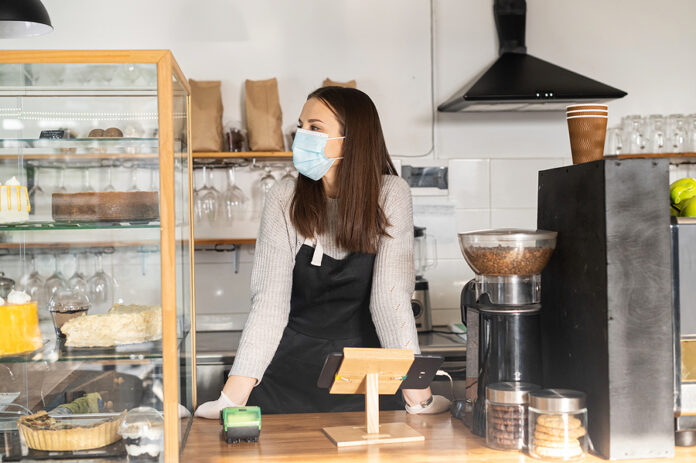
Nonfarm payroll employment added only 235,000 jobs in August, after a boost of 1.1 million jobs in July and 962,000 in June (adjusted numbers), according to the latest report from the Bureau of Labor Statistics.
The unemployment rate decreased from 5.4% to 5.2%, bringing the total number of unemployed down to 8.4 million people. These numbers are still 3.5% and 5.7 million higher than pre-pandemic levels.
Mixed unemployment changes among major worker groups
While unemployment rates for most major worker groups declined over August, rates rose for both teenage and Black workers:
- Adult men: 5.1% (5.4% in July)
- Adult women: 4.8% (5.0% in July)
- Teenagers: 11.2% (9.6% in July)
- Black/African American: 8.8% (8.2% in July)
- Hispanic/Latino: 6.4% (6.6% in July)
- Asian: 4.6% (5.3% in July)
- White: 4.5% (4.8% in July)
Improvement wavers in pandemic-related unemployment
Overall, there was little change in unemployment situations. Temporary layoffs stayed around 1.3 million in August, while permanent job losses fell by 443,000 to reach 2.5 million for the month. Short-term unemployment (less than five weeks) accounted for 2.1 million people, and long-term unemployment (six months or more) dropped by 246,000 to 3.2 million, or 37.4% of the total unemployed. The labor force participation rate remained at 61.7% in August and has continued to stay between 61.4% and 61.7% since June 2020.
The percentage of employees who teleworked due to the pandemic also changed little, inching up from 13.2% to 13.4%. However, this marks the first increase in teleworking since December 2020. Those unable to work due to business closures or loss also rose slightly, from 5.2 million to 5.6 million people. In August, 1.5 million people not currently in the labor force couldn’t look for work due to pandemic-related reasons.
Job loss impacts leisure and hospitality, retail
The leading industry in job gains for the month was professional and business services, which added 74,000 jobs in August. Many of those jobs were in architectural and engineering services (19,000) and computer systems design and related services (10,000).
Other notable job gains included:
- Transportation and warehousing (53,000)
- Private education (40,000)
- Manufacturing (37,000)
- Other services (37,000)
Employment in leisure and hospitality, which had been adding an average of 350,000 jobs per month, was mostly unchanged in August, but suffered a loss of 42,000 jobs in food services and drinking places. Retail trade lost 29,000 jobs, while state and local government education lost 21,000 and 6,000 jobs, respectively.
Economists attribute this month’s underwhelming results to the rise of the Delta variant. Customer-facing industries were hit the hardest, as travel, tourism, and restaurant visits dropped. Despite this setback, however, experts still expect to see steady growth as the year winds down.





